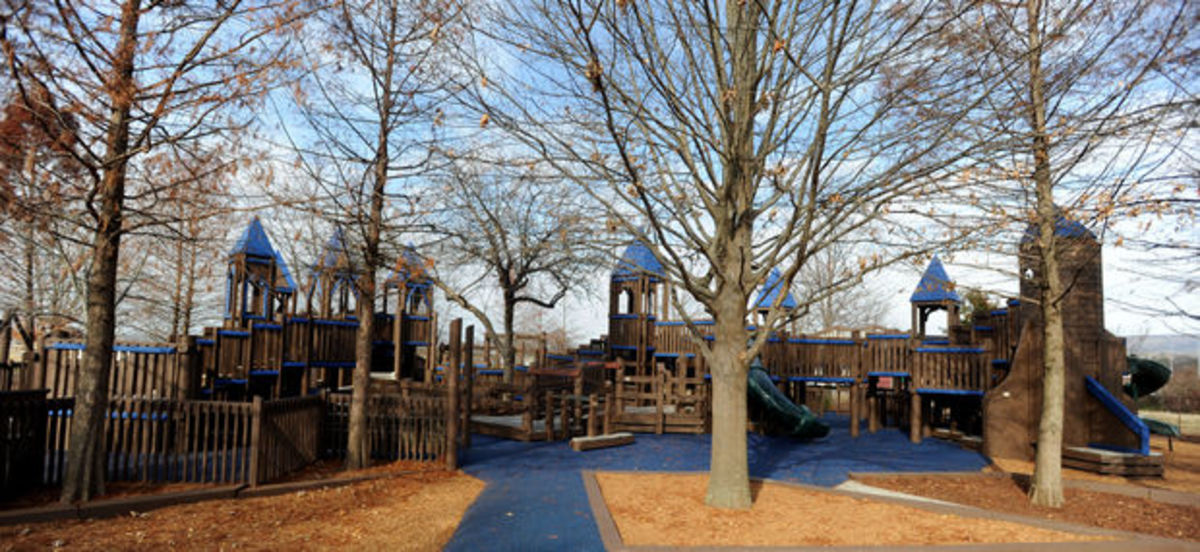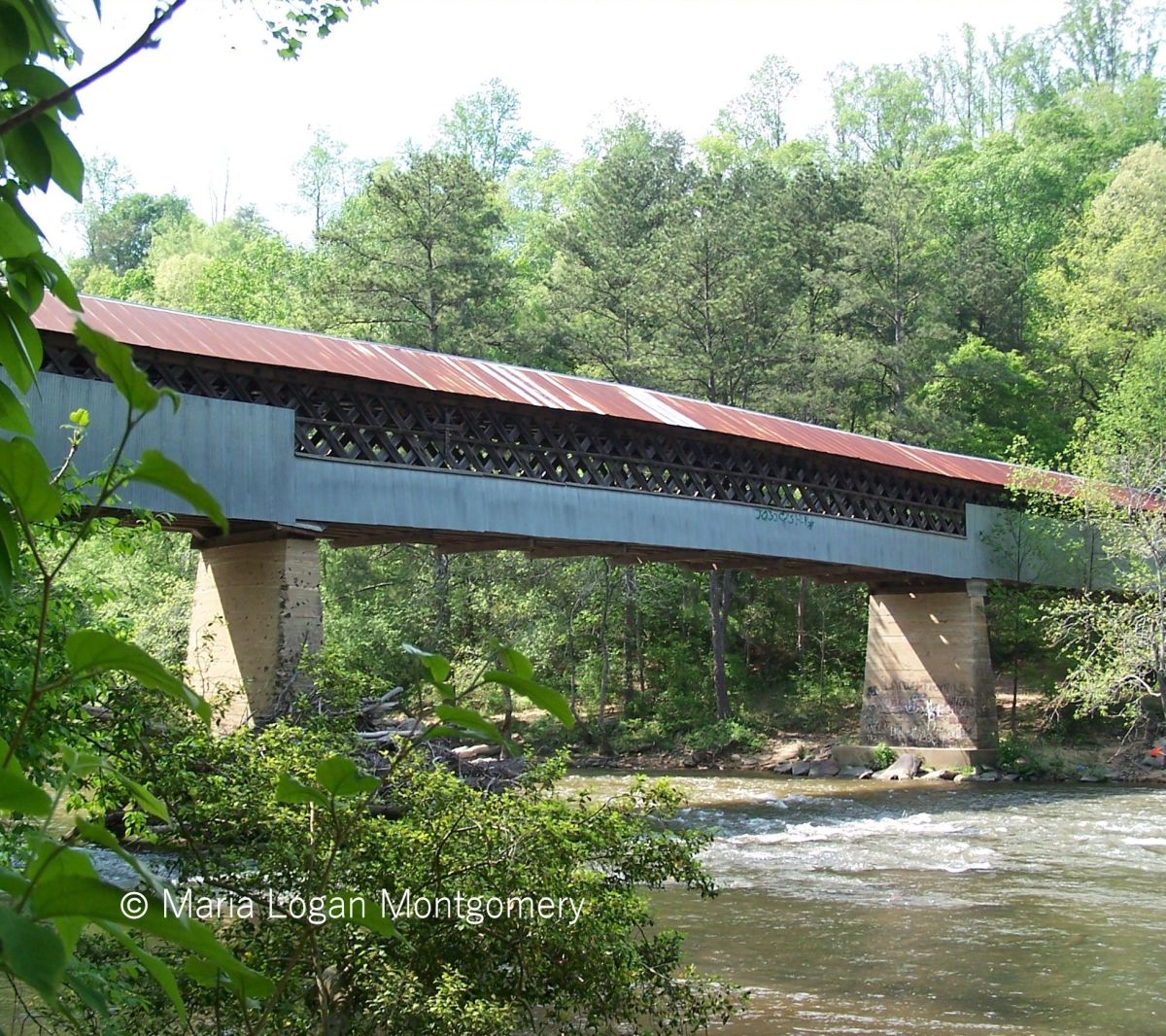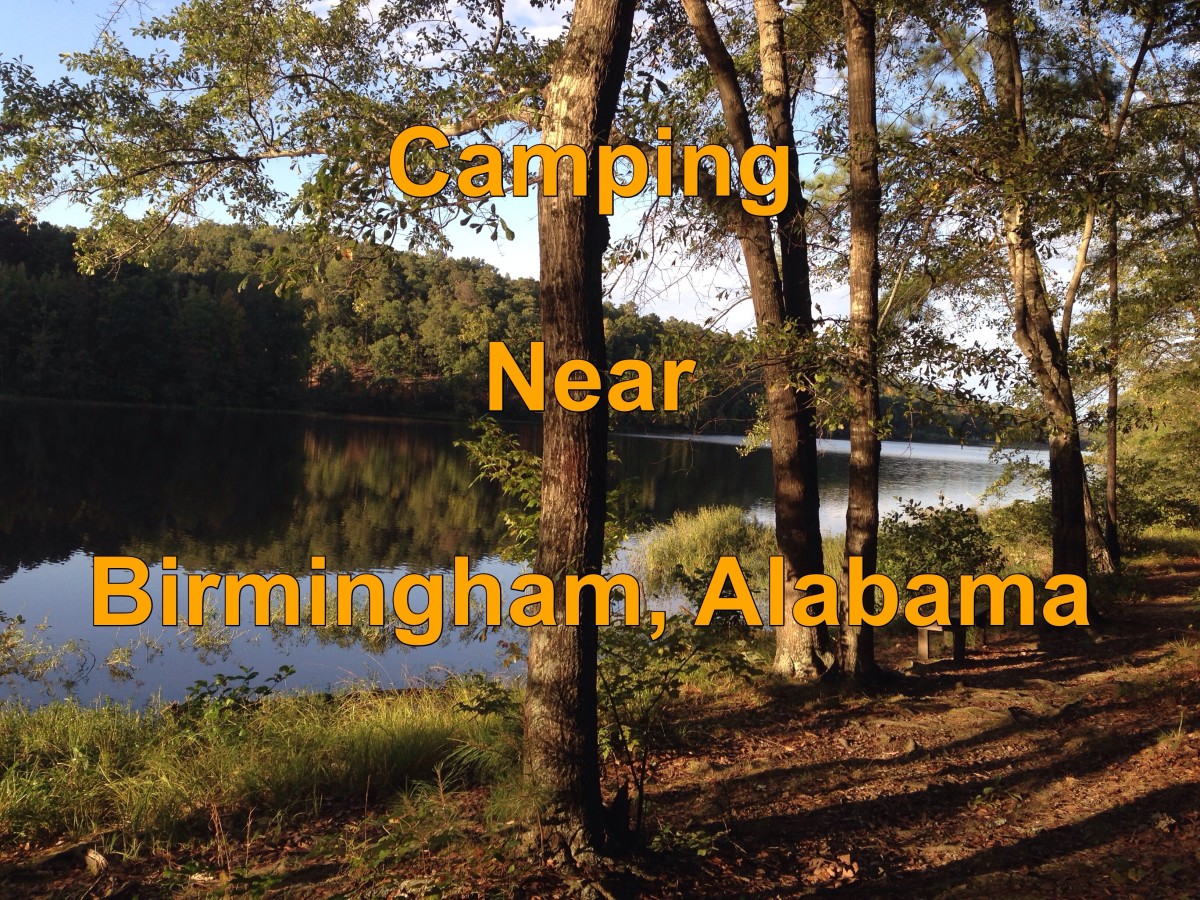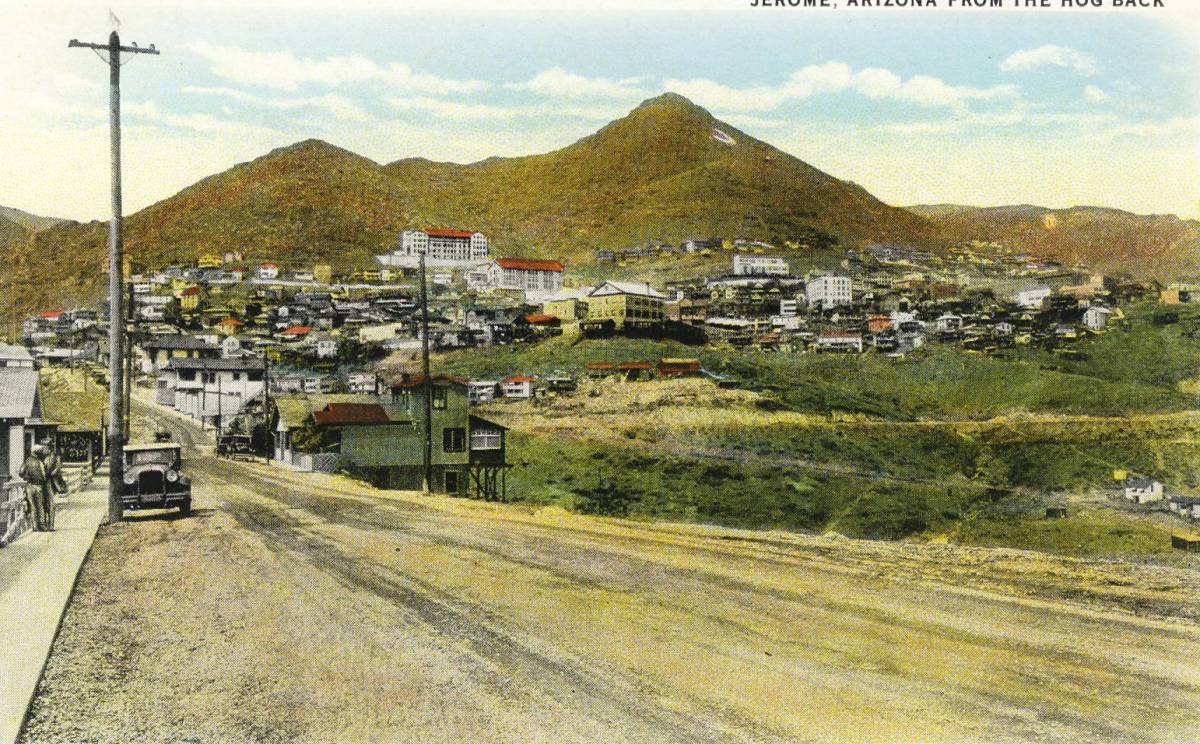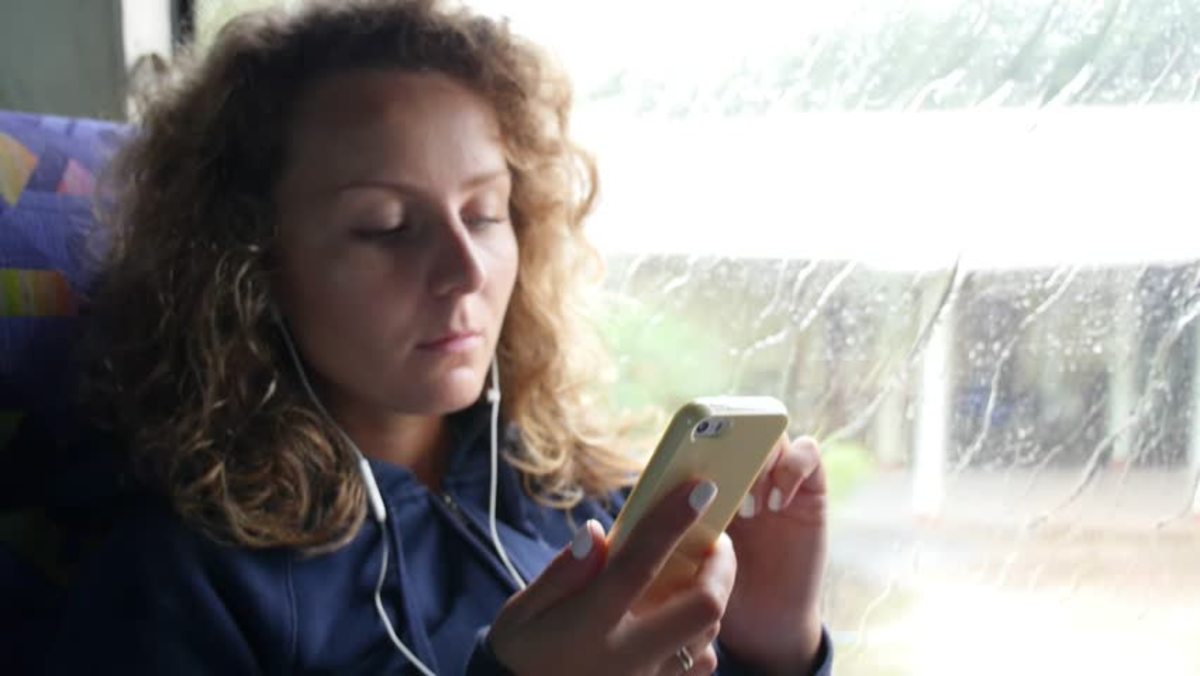CULLMAN, ALABAMA and time past

Cullman City Council and the citizens of the City of Cullman, welcome to the unofficial web site for the City of Cullman:
Our current Mayor is Max A. Townson. Mayor Townson, a native of Cullman, Alabama, began serving his first term as Mayor of the City of Cullman in November of 2008.
Mayor Townson graduated from Cullman High School and has a Bachelor of Science in Education from St. Bernard College. In 1962 Mayor Townson joined the United States Air Force where he served his country for four years. He has been a member of St. John's Evangelical Protestant Church since 1981.
Mayor Townson's background as a teacher and coach includes teaching history at West Point High School and coaching West Point's Junior High Football team to their first County Championship in 1970.
In 1973 Mayor Townson entered the business world with Meyer Laboratories as a pharmaceutical salesman. After Meyer was bought by Glaxo Pharmaceutical he continued his career in pharmaceuticals sales until he was elected to the office of Mayor of the City of Cullman in 2008.
Mayor Townson has been married to the former Kay Locke of Huntsville, Alabama, for over thirty-nine years. He and his wife have two children, daughter Kim Hall (Mark Hall) and son Matt Townson (Melanie Waters). They also have five grandchildren, Landry Hall, Hadley Hall, Lanie Townson, Max Townson, and Addie Reese Townson.
_______________________
You may contact the Mayor during regular office hours at:
Phone: (256) 775-7102
Fax: (256) 775-7132
Email: mayor@cullmancity.org or cityhall@cullmancity.org
Mailing Address:
P.O. Box 278
Cullman, AL 35056-0278
Other Administrative Contacts:
Ruth W. Rose, City Clerk/Treasurer
(256) 775-7109 or rrose@cullmancity.org
Jerry E. Freeman, Executive Assistant to Mayor
(256) 775-7134 or jfreeman@cullmancity.org
Leanne H. West, Administrative Assistant to Mayor
(256) 775-7102 or lwest@cullmancity.org
_______________________
Thank you for taking the time to visit.
The 2000 U.S. Census listed the population of the City of Cullman as 13,972. We are centrally located between Huntsville and Birmingham.
We have an outstanding school system that consistently ranks among the top in Alabama. We have abundant law enforcement and emergency services, low crime rate, excellent health care facilities, a vast, well-trained labor force and an extensive transportation network. Cullman is recognized as an outstanding community in sectors of agriculture and industry. There are currently over 50 major industries located in Cullman.
Cullman is an area of unsurpassed natural beauty! Our climate is pleasantly mild with warm summers and moderate winters. We have many beautiful parks and recreational facilities which offer year-round recreational opportunities for people of all ages! We also have an open-air farmers market at the Festhalle Market Platz, Alabama's largest timber frame structure!
People travel to Cullman from all over the world to view our many attractions including the Ave Maria Grotto, which is located on the grounds of Alabama's only Benedictine Abbey and consists of more than 125 miniature reproductions of famous sites from all over the world!
Our "Sister City" is Frankweiler, Germany, hometown of our founder. Not long after the twinning of the cities in 1987, Cullman residents formed the Cullman Friends of Frankweiler Club and Frankweiler residents formed the Frankweiler Friends of Cullman Club. Visits have taken place between our two cities every couple of years.
If you have never had the opportunity to visit Cullman, I would like to personally invite you to do so. The Cullman Area Chamber of Commerce can provide you with visitor information including names of area hotels, maps, list of recreational events and much more!
I hope you enjoy your visit to the City of Cullman site!
POLL
How do you know Cullman?

HISTORY of CULLMAN
ZIP CODE: 35138
Founded in 1873 by Colonel John Gottfried Cullmann, a German refugee who came to America in 1866. Cullmann was forced to flee his country bankrupt and penniless after becoming involved in a revolution. He made his way to America by working on a freight boat and settled in Cincinnati, Ohio where he worked as a clerk in a bookstore.
While working at the bookstore, he began formulating ideas of a special colony of working people, specifically a place for immigrants from countries such as his native Germany. In 1869, he began reading about the vast unsettled lands in the South. Reconstruction had begun and the South was to become the place in which John G. Cullmann could realize his dream of a thriving German immigrant colony.
Early in 1871, Cullmann finally bought passage on a boat to Florence,Alabama one of the most cultured cities of Alabama at that time. He met with Governor Patton and presented his idea.
The Governor furnished men and horses for him to explore available lands in North Alabama. Cullmann lived in Florence and Tuscumbia during the explorations, trying to interest many financiers to help him buy land. He was not successful. The Southern people, depressed by tyranny and persecution, were not optimistic about the future and did not like the idea of immigrants moving into their communities.
But Cullmann did not give up on his dream!
John Cullmann, at the age of 48, finally met with Lewis Fink, the land agent for the great North-South Railroad (later the L&N Railroad) which had just built a line through the wilderness from Decatur to Montgomery, Alabama.
After a careful survey, he contracted with the L&N Railroad for 349,000 acres. The only stipulation laid down by the company was that Cullmann pay for all advertising of the land and other expenses incurred in bringing the desired immigrants to the area.
During his tour of this land, Cullmann found the area to be perfect for the establishment of his dream colony. The land extended from Decatur to Montgomery, fifteen miles on each side of the railroad.
Once Cullmann had found the perfect place for his new colony he boarded a train for the North and started advertising for immigrants. His ads appeared in newspapers all over America and even in Europe. However, he had some difficulty in encouraging the move southward at a time when people were moving westward.
Col. Cullmann and his son, Otto, published the Der Nord Alabama Colonist (The North Alabama Colonist), to encourage other Germans to make the move to North Alabama.
On January 5, 1873, Cullmann succeeded in interesting fifteen Cincinnati families in the idea of colonizing in the South.
In April of 1873, the first five families came by train to the spot where Cullman now stands. Each was allotted a plot of ground. Soon they built their log homes, enclosed them with a forklike fence, and cleared small plots of round for planting against the coming winter.
For the necessities that could not be grown in such a short period, Cullmann made several trips northward. On each trip, he brought back more families to help his colony grow.
The colony grew and, even though John Cullmann and his first settlers were American citizens, many Germans began to move into the settlement. In the middle of 1874, an election was held to incorporate the town. With 30 votes cast, there were 23 for incorporation and 7 against.
It was also decided that the town was to be called "Cullman" after its founder but with only one "n". Shortly after the incorporation of the town in July of 1874, officials of the town were elected. John Cullmann refused to hold public office.
Growth of the community during the years that followed was steady and far above the expectations of John Cullmann. News of the great opportunities in Cullman spread afar and Cullmann even made a trip to Europe to establish agents for the purpose of getting more settlers to come to North Alabama.
By 1877 the settlement had enough population to become a county. At that time, the Cullman area was a part of Blount, Winston, Morgan and Walker counties. A movement was started in 1876 to create a new county, but the idea met with much opposition by people of the other counties. In that day an area was required to have a population of more than 9,500 before it could be considered for the creation of a new county.
After the 1876 census it was found that the requirement could be met and action was started. A bill was introduced in the Alabama State Legislature in March, 1876 by a senator from Blount County, but was defeated by the senator after it met with opposition of his home county. The bill was re-introduced by a Blount County Representative in February of 1877. It passed the House and, despite opposition, passed the Senate. Governor George S. Huston signed the bill.
John Cullmann was instrumental in the growth of his colony for the next 20 years. He would bring in a group of settlers, sell them land, and use this money to send back to Germany for more settlers. Between 1871 and 1895, Cullmann brought more than 100,000 immigrants to the South from Europe and other parts of America.
Cullmann had very little cooperation by the State of Alabama, however, and even met with serious physical violence on one occasion.
History, what a great encore career for some of us over 60.
OHV park
expected to boost local Cullman, Alabama economy
By David Lazenby
The development of an off-highway vehicle park shifted into high gear Wednesday when Cullman County officials showed off the 1,456-acre facility to area economic development agents and local media representatives.
The playground for ATV aficionados near Bremen also moved forward Tuesday when it was officially named Stony Lonesome OHV Park at a Cullman County Commission meeting.
At that same meeting, the park's new manager, John Sellers was introduced.
Sellers, who is being paid about $40,000 per year for his services, said the park will benefit both area residents by providing a new source of recreation, and the local economy, which he said will get a boost from the park expected to open this fall.
"It's going to attract people from outside of this county to come here," said Sellers, who relocated to Cullman County from McAllen, Texas to take the position.
Sellers, who Kitchens said was selected from a pool of about 30 candidates - primarily because of his experience promoting parks for various municipalities - added he also expects the park to attract new businesses to an area where few currently exist.
"You're going to see other businesses develop to support (the park) because it benefits them," said Sellers who added he expects restaurants and fuel stations to be the first types of business to take advantage of the new facility.
Sellers said he also anticipates the creation of campgrounds and other businesses like those that have cropped up near similar parks.
Sammie Danford, director of Cullman County Economic Development, agreed about the park's effect on the economy. "This is got to be a huge economic impact on the county," she said.
Commission Chairman Wiley Kitchens said the facility will also be like similar parks in regard to entrance fees. An admission price has not yet been set, but Kitchens said he believes $20 per day is typical at other parks.
Kitchens said plans for the park have been under way for some time.
"We've been working on this about a year and a half," he said. Originally, the purchase of a tract of land about one-third the size of the park was considered.
However, county officials reconsidered their original plan to buy the land about four miles east of the new park after an environmental study revealed tires buried on the property.
After buying the land where the park will be located for about $1.8 million in March of 2007, Cullman County Economic Development acquired about $1.7 million in grant money from the Alabama Department of Economic and Community Affairs.
According to a Cullman County Economic Development press release, ADECA funding is expected to continue through 2010.
Kitchens said the grant money has been used to pay for design and engineering services, environmental studies, wetlands delineation, surveying and other services necessary before the park can be opened to the public.
"It costs a lot of money to do these things. If the county had to do it on its own, we would not be able to do it," said Kitchens who added the county has about $250,000 left over from the most recent ADECA grant. This money, he said, will be used to build a park office. "Our grants have been what has paid for this."
Sellers said workers also will be enhancing roads, trails and other paths at the park to make them more user-friendly.
"What we're trying to do is make it where no matter where someone goes - they get on a trail - it comes right back to that main core," Sellers said. "They can't get lost."
Kitchens said, "As soon as we can do all this and get our trails marked, laid out and built, by this fall we'll be able to come in here and be able to ride."
Bill St. John, the president of St. John & Associates, Inc. the Cullman-based company hired to provide the park's master plan, said the facility will not be for all-terrain motor vehicle enthusiasts alone.
While he said the biggest portion of the park will have double-track trails, which are ideal for 4-wheelers and other ATVs, he added, "20 percent of the facility is planned for single-track trails for use by motorcycles, bicycles and equestrian."
St. John said these trails will be segregated by use, and occasionally rotated to provide users with new scenery.
"You don't want your horses interacting with your motorized vehicles," Danford said.
Also planned for the park is an environmental education center as well as an environmental education walk, where environmentally sensitive areas will be accessible.
"We tried to make the best use of the property we could," St. John said. "We kind of let the property determine what the best use would be."
Other plans include construction of an entrance kiosk, bath houses, campgrounds and an ATV training pavilion.
Danford said the funds garnered from ADECA stipulate the majority of the park be dedicated to use by motorized vehicles.
Along with Sellers, the county hired Cheri Hulsey to serve as the park's assistant director. Hulsey, who Kitchens said is being paid about $12 per hour, previously worked for the City of Cullman's Heritage Park.
Hulsey said going from management of a 72-acre facility to one more than 20 times its size, is a challenge she is eager to take on.
Stony Lonesome OHV Park, which will be open throughout the year, is located at 8323 Alabama Highway 69 South.

